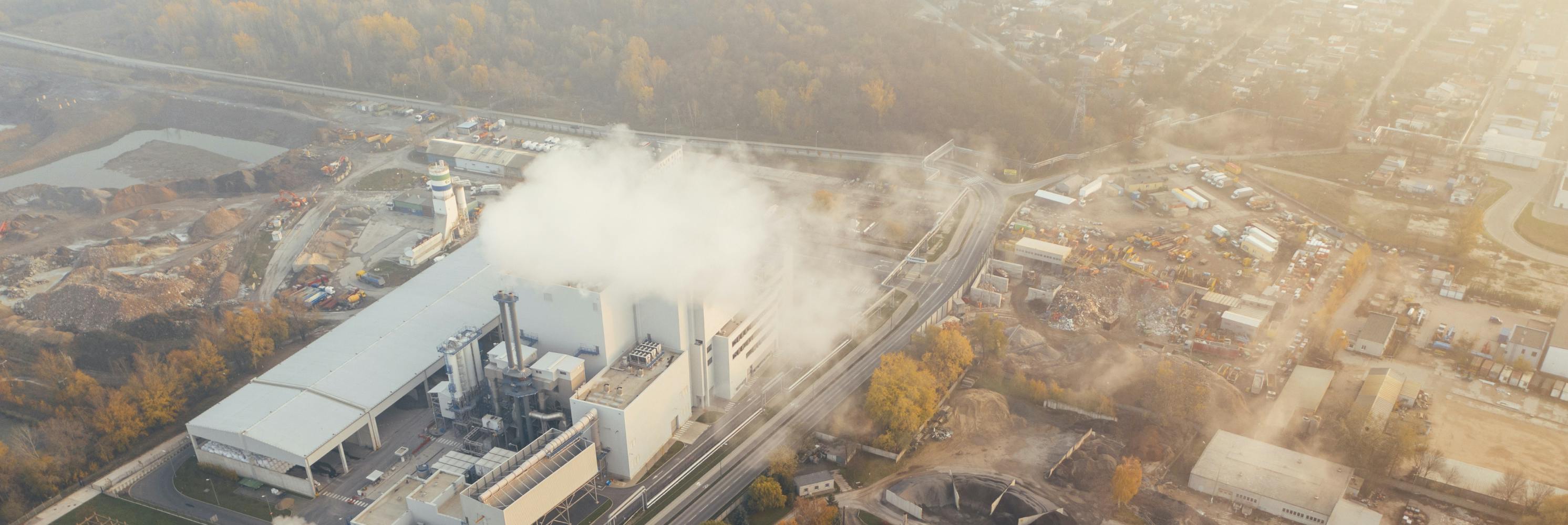Which Instruments Have Been Used So Far and How Does the CBAM Differ From Them?
Up to now, an emissions trading system (ETS) has been in place within the EU. An upper limit is set for the maximum amount of greenhouse gas emissions that European polluters such as energy producers or industrial companies are allowed to release. This upper limit is continually being lowered, with the aim of achieving complete freedom from emissions in 2050. For every tonne of CO₂ emitted, companies must purchase a so-called ETS certificate. At the end of a year, it has to be proven that the number of certificates purchased also corresponds to the actual amount of emissions caused. If a company has "surplus" allowances, it can sell them on to other operators on an exchange. If, on the other hand, a company causes a surplus of emissions, it can buy additional certificates (emissions trading). The price for a tonne of CO₂ equivalent results from supply and demand on the certificate market. Every year, the available certificates come onto the market either through auctions or through free allocations to companies.
The Carbon Border Adjustment Mechanism is now intended to compensate for certain disadvantages of the emissions trading system.
Here is an example to illustrate how it works:
A furniture manufacturer is faced with the choice of buying Chinese or Slovakian steel screws for its production. The Slovakian screw producer buys its raw material from a Slovakian steel plant, which has to buy emission certificates for its production. Therefore, additional costs are reflected in the price of his products. The furniture manufacturer will therefore probably buy the cheaper, Chinese steel screws. In the worst case, the Slovakian company will have to close down due to a lack of competitiveness - even though its production is more climate-friendly. A paradox that the EU does not want.
By requiring importing companies to pay a levy in future also for the emissions of products from non-EU countries, this competitive disadvantage is to be resolved. The EU is of the opinion that this does not constitute an inadmissible trade barrier and that the CBAM is in line with the principles of the World Trade Organisation (WTO).









